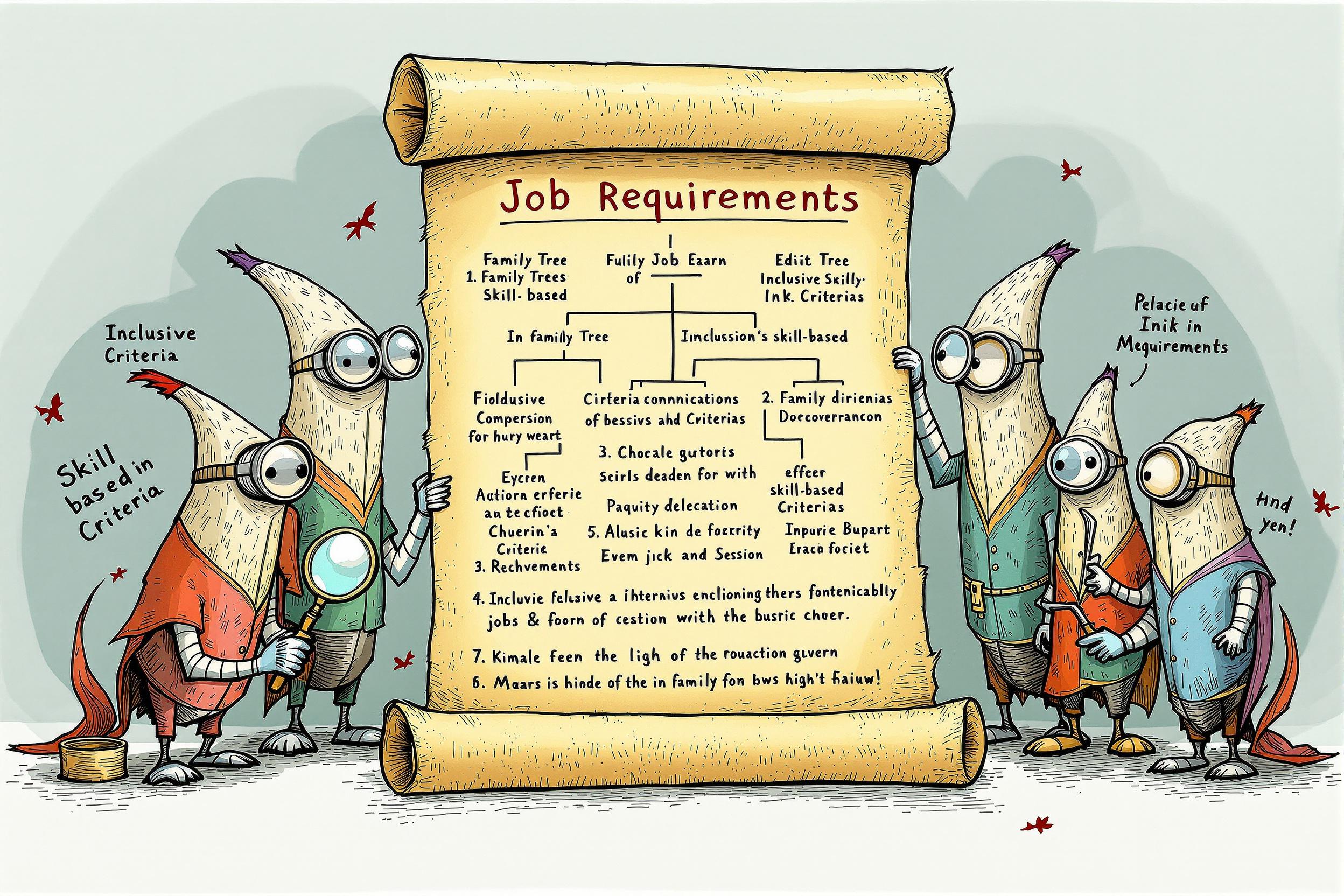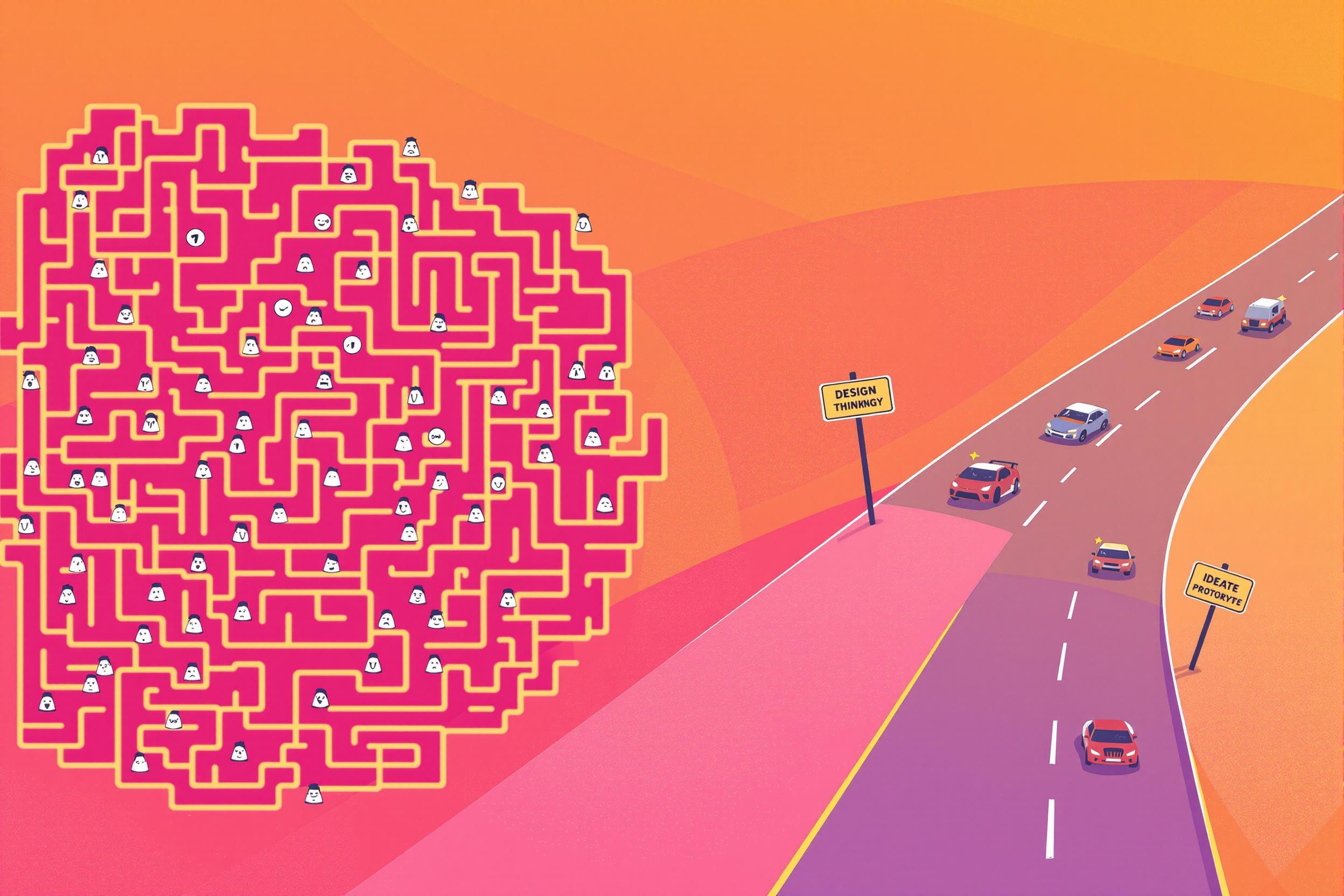
Production Design
Production Design is the art of creating the overall visual appearance of an opera, theater show, or performing arts production. It involves planning and coordinating all visual elements, from stage layouts to costumes and lighting. Production Designers work with directors to bring their creative vision to life, making sure everything the audience sees tells the right story. Think of them as the architects of the show's look and feel, similar to how an interior designer plans a home's appearance, but for a theatrical performance. They might be called Scenic Designers or Theatre Designers in some organizations, but they all focus on creating the complete visual world of a production.
Examples in Resumes
Led Production Design for three major opera productions, managing a budget of $100,000+
Created innovative Production Design and scenic elements for Wagner's Ring Cycle
Collaborated with directors to develop Production Design concepts for seasonal repertoire
Managed Scenic Design for multiple concurrent productions
Typical job title: "Production Designers"
Also try searching for:
Where to Find Production Designers
Professional Organizations
Online Communities
Job Resources
Example Interview Questions
Senior Level Questions
Q: How do you handle conflicts between artistic vision and budget constraints?
Expected Answer: Should discuss experience balancing creative goals with practical limitations, providing examples of creative solutions and successful budget management while maintaining artistic integrity.
Q: Describe your process for managing multiple productions simultaneously.
Expected Answer: Should demonstrate strong organizational skills, team leadership, and ability to delegate tasks while maintaining consistent quality across different shows.
Mid Level Questions
Q: How do you collaborate with directors and other departments?
Expected Answer: Should explain communication methods, show understanding of other departments' needs, and provide examples of successful collaborative projects.
Q: What's your approach to adapting classical works for modern audiences?
Expected Answer: Should discuss balance between tradition and innovation, understanding of audience expectations, and experience in modernizing while respecting original work.
Junior Level Questions
Q: What software tools do you use in your design process?
Expected Answer: Should be familiar with basic design software, drafting tools, and presentation methods used in theatrical design.
Q: How do you start your research process for a new production?
Expected Answer: Should describe basic research methods, understanding of historical context, and ability to gather visual references.
Experience Level Indicators
Junior (0-3 years)
- Basic drafting and design skills
- Understanding of theater terminology
- Knowledge of common materials and construction methods
- Ability to create basic scale models
Mid (3-7 years)
- Advanced visualization techniques
- Budget management
- Team coordination
- Technical drawing expertise
Senior (7+ years)
- Full production management
- Complex budget oversight
- Department leadership
- Strategic planning and scheduling
Red Flags to Watch For
- No knowledge of basic safety regulations in theater
- Lack of collaborative experience
- No understanding of budget management
- Unable to provide portfolio of past work
- No experience with technical drawings or scale models
Related Terms
Need more hiring wisdom? Check these out...

Refining Job Descriptions to Expand Applicant Pools: Casting a Wider Talent Net

Why Your Hiring Process is a Maze (And How Design Thinking Can Turn It into a Superhighway)

The Art of Selecting Great People: A Leader's Most Critical Skill

